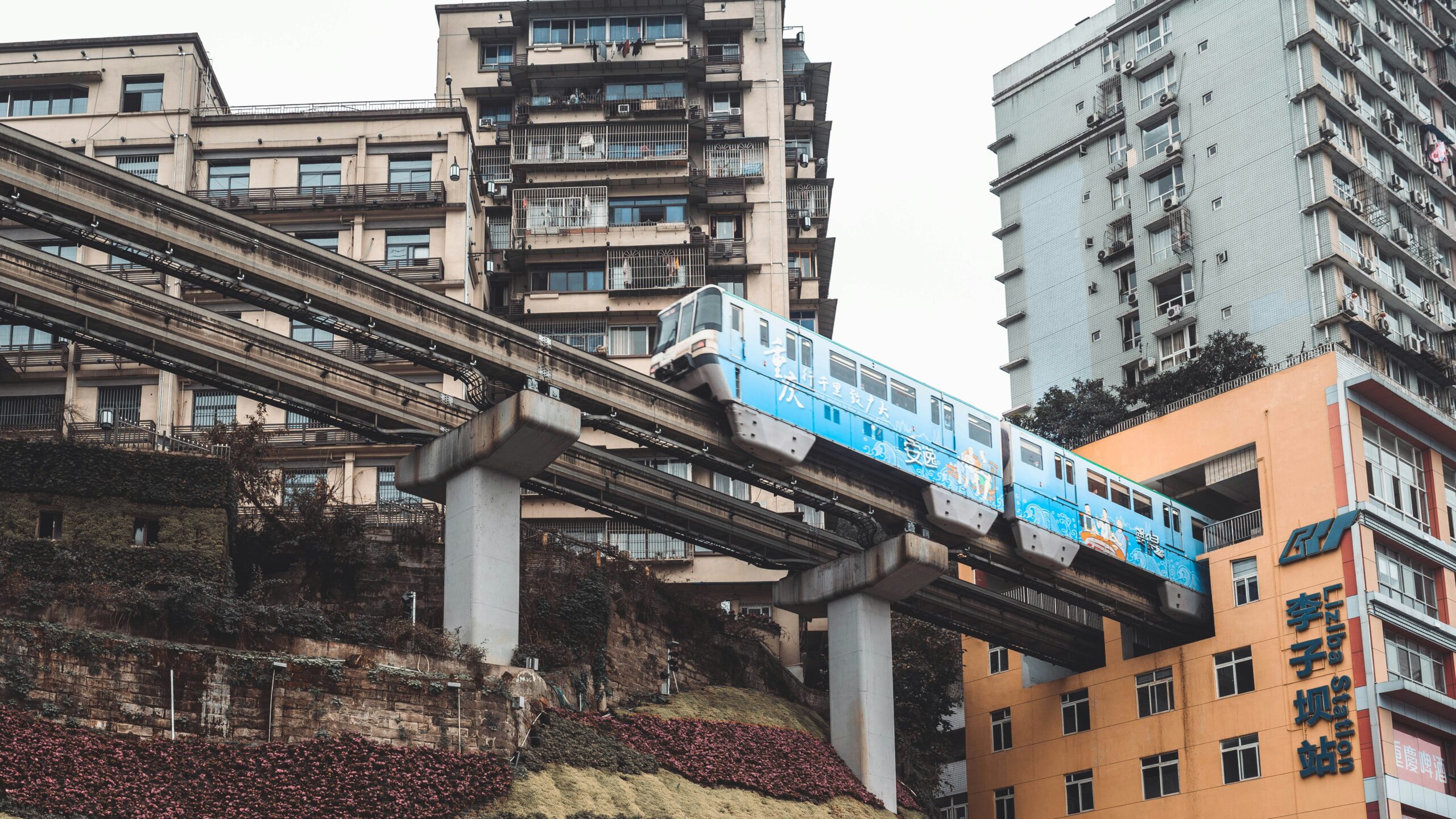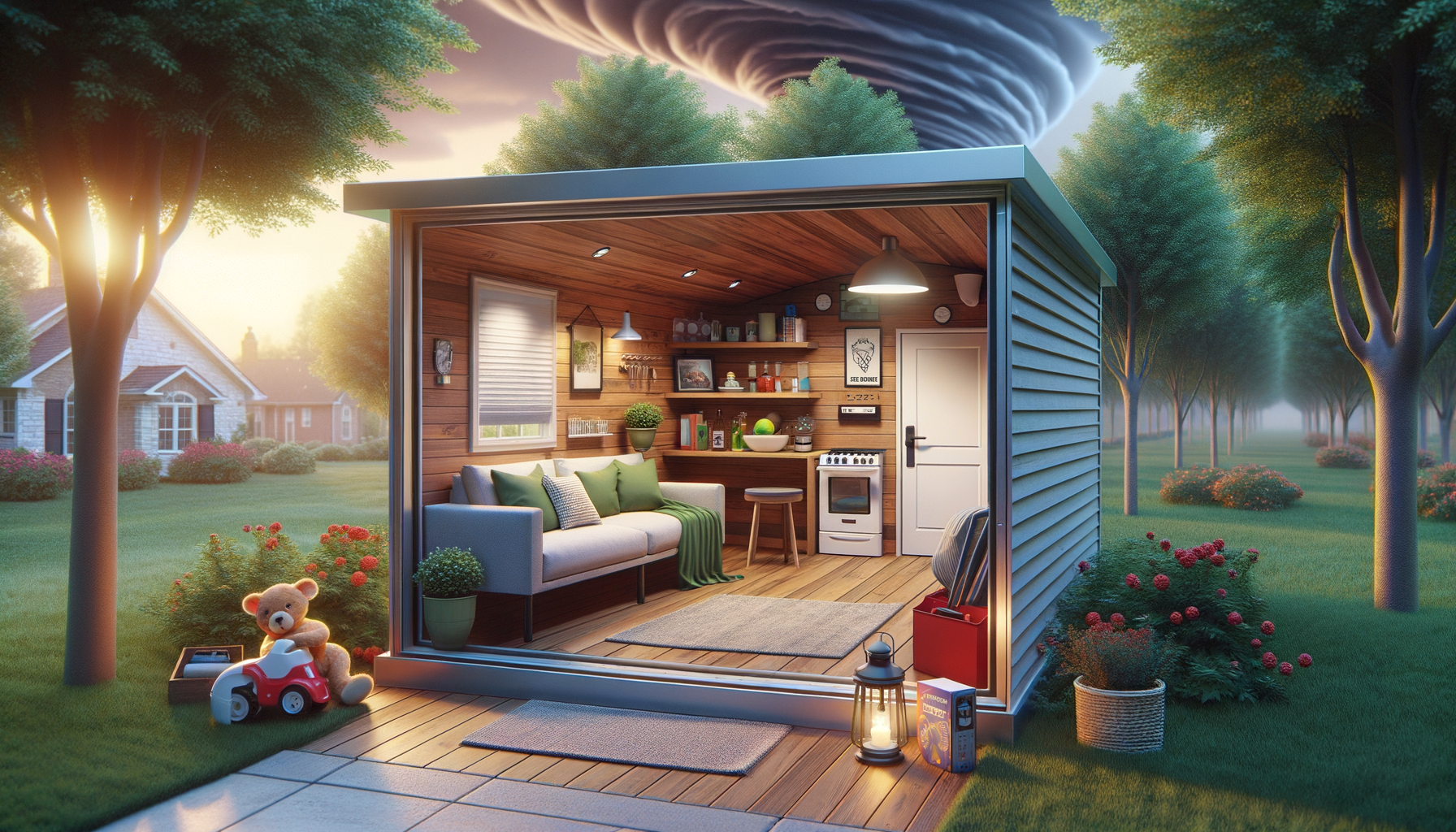Understanding the Necessity of Tornado Shelters
Natural disasters, such as tornadoes, are unpredictable and often devastating. For those living in tornado-prone areas, having a reliable tornado shelter is not just a precaution but a necessity. Tornadoes can cause extensive damage with winds reaching over 200 miles per hour, turning debris into deadly projectiles. In such scenarios, the safety of your loved ones hinges on the effectiveness of your chosen shelter.
Investing in a well-regarded tornado shelter provides peace of mind and a safe haven during these extreme weather events. It is crucial to understand that not all shelters are created equal. The right shelter should not only meet safety standards but also accommodate the specific needs of your household. Factors such as the size of your family, the location of your home, and the frequency of tornadoes in your area should all influence your decision.
Moreover, tornado shelters are not just about safety; they are about survival. A properly constructed shelter can withstand the harshest conditions, providing a secure space that protects against flying debris and structural collapse. By understanding the necessity of tornado shelters, you are taking the first step in ensuring the safety and security of your family.
Types of Tornado Shelters: Which One Suits Your Needs?
When it comes to selecting a tornado shelter, understanding the different types available can help you make an informed decision. There are primarily three types of tornado shelters: underground, above-ground, and in-home safe rooms.
Underground shelters, often referred to as storm cellars, are built below ground level and provide excellent protection from tornadoes. These shelters are typically accessed via a hatch and are known for their ability to withstand the most severe weather conditions. However, they may not be suitable for areas with high water tables due to potential flooding risks.
Above-ground shelters, on the other hand, are constructed at ground level and are often made from reinforced steel or concrete. While they may not offer the same level of protection as underground shelters against direct hits, advancements in construction technology have significantly improved their safety features. They are a viable option for those who cannot install an underground shelter due to space or soil conditions.
In-home safe rooms are fortified spaces within a house, designed to provide near-absolute protection. These rooms are built to FEMA standards and can be customized to fit seamlessly into your home’s design. Their convenience and accessibility make them a popular choice for families, especially those with mobility concerns.
Ultimately, the choice of shelter depends on your specific needs, budget, and the geographical characteristics of your property. Each type of shelter has its advantages and limitations, and understanding these can guide you toward the most suitable option for your household.
Key Features to Consider When Choosing a Shelter
When selecting a tornado shelter, certain features are paramount to ensure safety and functionality. Firstly, the shelter must comply with FEMA guidelines and be able to withstand EF5 tornadoes, the most powerful on the Enhanced Fujita Scale. This compliance ensures that the shelter has been tested for structural integrity and can endure extreme conditions.
Another crucial feature is the accessibility of the shelter. It should be easily reachable from your home, especially during a tornado warning when every second counts. For families with elderly members or individuals with disabilities, accessibility becomes even more critical. Consider features such as non-slip surfaces, handrails, and wide doorways to accommodate everyone safely.
Ventilation is also a key consideration. A well-ventilated shelter prevents the buildup of carbon dioxide and maintains air quality during extended stays. Look for shelters with proper ventilation systems to ensure comfort and safety.
Additionally, consider the capacity of the shelter. It should comfortably accommodate all family members, including pets. Overcrowding can lead to discomfort and panic, so adequate space is essential.
Lastly, look for shelters with additional features such as emergency kits, communication devices, and backup power sources. These enhancements can make a significant difference in ensuring safety and comfort during a tornado.
Cost Considerations: Balancing Budget and Safety
Investing in a tornado shelter is a significant decision that involves balancing budget constraints with safety needs. The cost of a tornado shelter can vary widely based on factors such as type, size, and additional features. On average, a basic shelter can cost between $2,500 and $7,500, while more advanced models with additional features can exceed $10,000.
While it may be tempting to opt for a less expensive option, it is essential to prioritize quality and safety. A well-regarded shelter that meets safety standards is a worthwhile investment that can save lives. Consider the long-term benefits of a durable and reliable shelter over the initial cost savings of a cheaper alternative.
Financing options are available for those concerned about upfront costs. Many manufacturers offer payment plans, and some areas provide grants or tax incentives for installing tornado shelters. Exploring these options can make the investment more manageable.
Additionally, consider the potential increase in property value that a tornado shelter can provide. Homes equipped with shelters are often more attractive to buyers in tornado-prone areas, potentially offering a return on investment.
Ultimately, while cost is a factor, the primary focus should be on ensuring the safety and security of your family. By carefully evaluating your budget and exploring financing options, you can find a shelter that meets both your financial and safety needs.
Installation and Maintenance: Ensuring Long-term Reliability
Once you have selected a tornado shelter, proper installation and maintenance are crucial to ensure its long-term reliability. Professional installation is highly recommended to guarantee that the shelter is securely anchored and meets all safety standards. Improper installation can compromise the shelter’s effectiveness, putting occupants at risk during a tornado.
Routine maintenance is equally important. Regular inspections can identify potential issues such as corrosion, leaks, or structural damage. Addressing these problems promptly ensures that the shelter remains in optimal condition.
It is also essential to familiarize yourself and your family with the shelter’s features and operation. Conducting regular drills can help ensure that everyone knows how to access the shelter quickly in an emergency.
Maintaining an updated emergency kit inside the shelter is another key aspect of preparedness. This kit should include essentials such as water, non-perishable food, first aid supplies, and communication devices.
By prioritizing proper installation and regular maintenance, you can ensure that your tornado shelter remains a reliable safeguard for your family for years to come.












